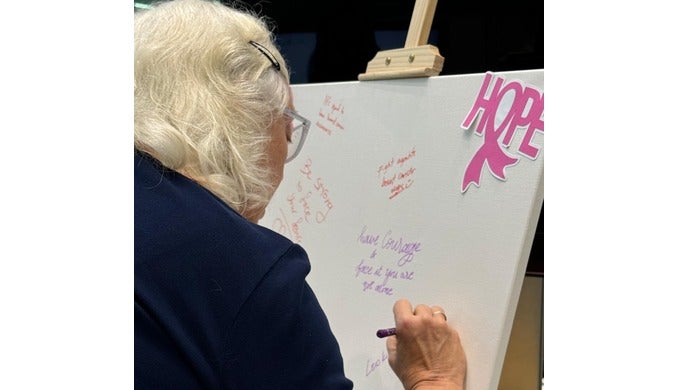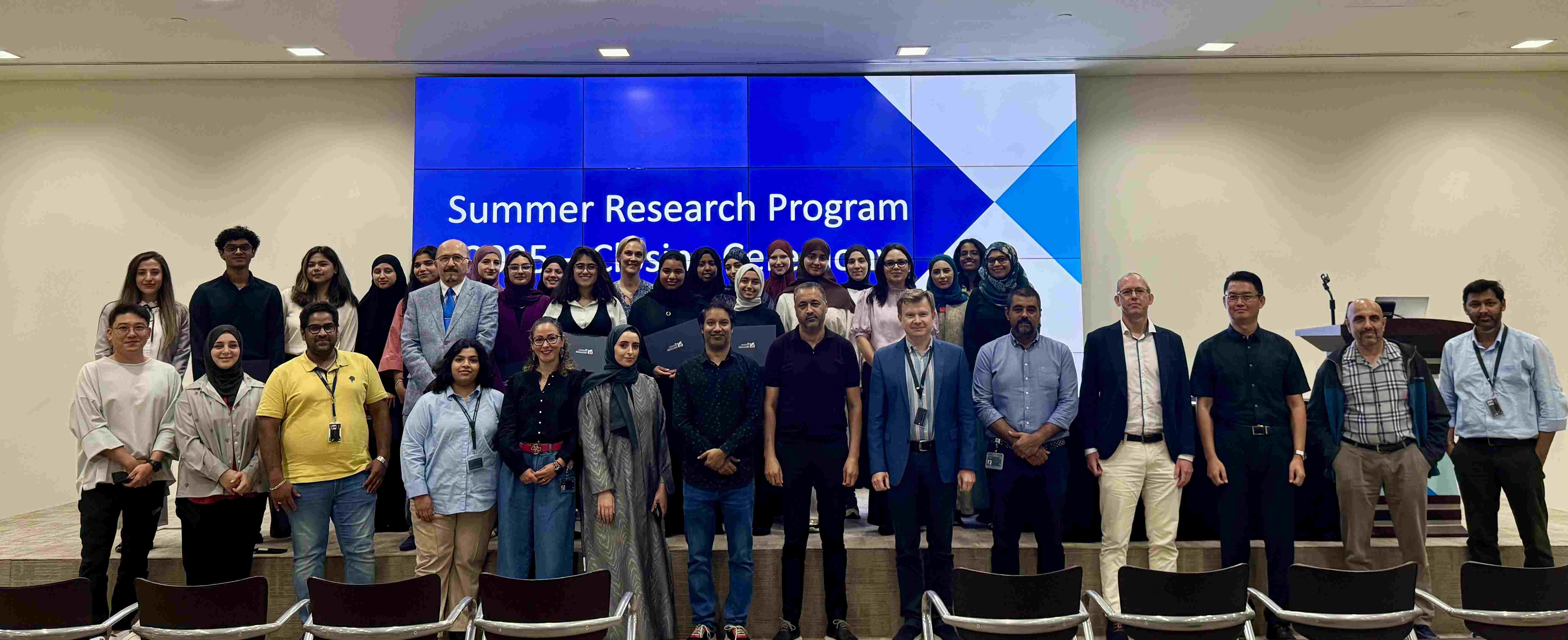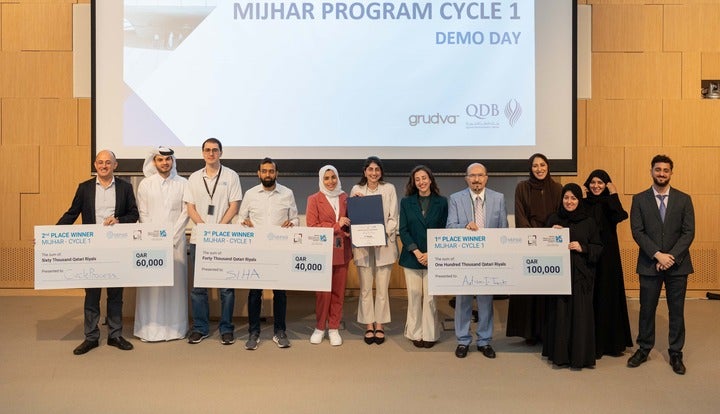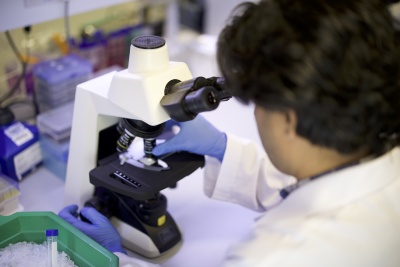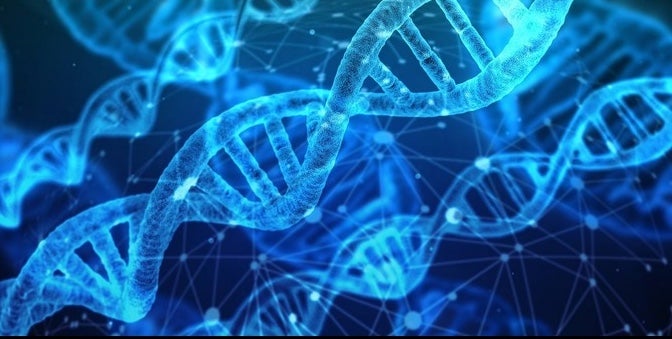Research by Dr. Yongsoo Park and colleagues uncovers a new mechanism of vesicle fusion for brain function and disease
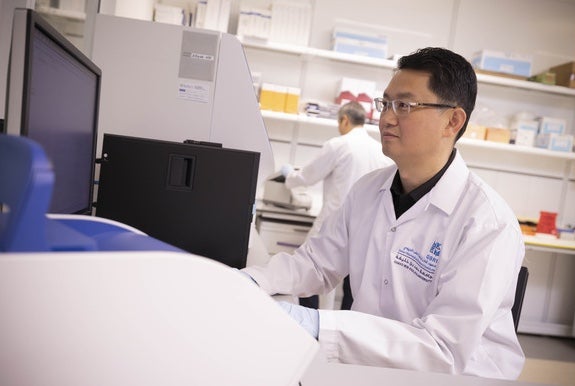
Research led by Dr. Yongsoo Park and his team at the Qatar Biomedical Research Institute (QBRI) at Hamad Bin Khalifa University (HBKU) has been published in the high-impact journal Science Advances (Volume 11, Issue 9), highlighting the vesicle fusion mechanism associated with brain function and disease.
The study, titled “Ca2+/calmodulin and protein kinase C (PKC) reverse vesicle fusion arrest by unmasking PIP2,” explores how specific lipids help control the release of neurotransmitters in the brain. The researchers found that a lipid called PIP2 acts like a switch, triggering vesicle fusion—an essential step in how brain cells communicate. The work was conducted by Dr. Park, Senior Scientist and Joint Associate Professor, Houda Yasmine Ali Moussa, Research Associate, and Dr. Kyung Chul Shin, Postdoctoral Researcher.
Vesicle fusion is fundamental to how brain cells communicate, how hormones are secreted, and how our bodies respond to stimuli. Disruptions in this process are linked to neurological disorders and diseases like dementia and autism. By identifying how fusion arrest can be reversed, this research offers new directions for therapeutic strategies targeting synaptic dysfunction and cellular communication deficits. This study not only enhances our understanding of cellular signaling but also opens potential pathways for treating conditions where vesicle fusion is impaired.
‘Ca2+/calmodulin and protein kinase C (PKC) reverse the vesicle fusion arrest by unmasking PIP2’ can be accessed here.
Related News
